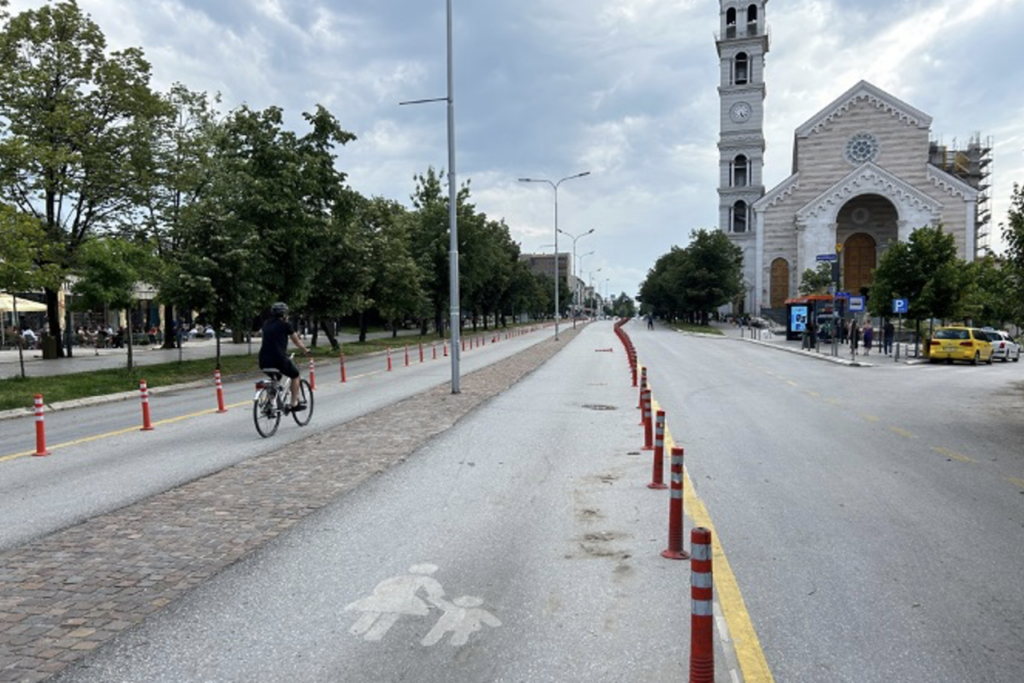
A Walk Through History
The concept of shared spaces reappeared in the 1980s, with road engineer Hans Monderman leading the charge in the Netherlands. By removing traffic signs and lanes, Monderman showed that streets could be designed to accommodate all users, not just cars. This idea has since been implemented in various cities, transforming areas previously dominated by vehicles into vibrant spaces for people.
Shifting Mobility Practices
The transformation of streets into shared public spaces requires a fundamental shift in how we view mobility. Prioritizing walking, cycling, and public transport over private cars not only reduces environmental impacts but also enhances the social function of urban spaces. This holistic approach supports inclusive design, ensuring that spaces cater to vulnerable groups, such as wheelchair users or parents with strollers.
European Examples of Shared Space Initiatives
- Bernardgasse, Vienna: A community-led redesign transformed this neighborhood street by removing car parking and adding green spaces and wider sidewalks. This shift has improved air quality, reduced noise, and fostered a sense of ownership among residents.
- Ennis, Ireland: This medieval town is adapting its urban core by widening sidewalks and creating more public areas, balancing the needs of businesses with the desire for a calmer, more inviting environment.
- Bolzano, Italy: The concept of ‘School Streets’ emerged in Bolzano, where motorized traffic is restricted around school times, dramatically reducing injuries and pollution while encouraging walking and cycling among children.
- Turku, Finland: Tactical urbanism is being used to test temporary changes, like restricting traffic on inner-city streets for a few months, to demonstrate the benefits of shared spaces.
Gender-Equal Mobility
Cities like Umeå, Sweden and Trikala, Greece are integrating gender equality into urban mobility through projects that consider the unique needs of all genders. Umeå’s FRIZON park, for example, was designed with young girls’ input, creating a safe, free zone for them to socialize. Similarly, Trikala’s inclusive schoolyard redesign ensures that public spaces reflect the needs of both boys and girls.
As cities move towards more sustainable and inclusive urban designs, the future of public spaces looks brighter for all. Through collaborative efforts, cities are creating spaces that prioritize human interaction, social connection, and the environment—building cities that truly belong to everyone.
More Informations
